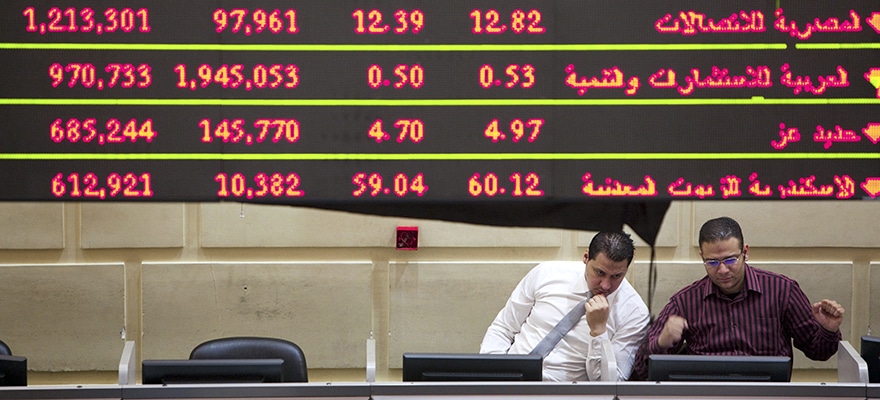Egypt has abandoned its longstanding struggle to hold the value of its currency against the dollar in favour of a flexible Exchange rate in a move which is expected to prompt other countries to undertake foreign exchange devaluations.
The devaluation illustrates the way in which the country’s economic priorities have changed. For decades, Egypt managed its currency to prevent a depreciating pound from boosting the cost of imported goods, such as fuel. The goal is now staying competitive on exports to the European region, Egypt’s main market.
The implications for foreign exchange brokers operating in the region is that their clients are likely to deposit less foreign currency in the near term, since the value of their incomes which is typically in the local currency has dropped substantially.
The reason for Egypt wanting to weaken its currency is because it wants to reverse the pound’s appreciation versus the euro and eliminate the black market for dollars. Illegal trading in currencies flourished from 2012 amid political unrest and violence which deterred foreign investors and tourists and created a shortage of dollars.
The pound is still subject to a managed float by the central bank, which sets its value four times a week through dollar sales to banks and controls the range at which banks can trade dollars.
In terms of repercussions on the economy, devaluation will likely slow the drain on foreign-exchange reserves, which fell around 10 percent in a year to $15.4 billion in January. In addition, inflation has been accelerating, with consumer prices rising 9.7 percent a year in January, compared with 4.3 percent in November 2012 when economic activity was experiencing a slowdown following the revolution.
The currency market expects other central banks to follow Egypt in search of greater policy flexibility, with Nigeria amongst those seen adopting a devaluation policy to ease economic pressures.
While there are many central banks under political pressure to maintain these pegs, one currency that has been showing early signs of stability after the adoption of a weaker currency regime is the Russian rouble. While the rouble remains at a much lower exchange rate than it was before the central bank stopped intervening, it is still heavily dependent on oil price developments - a link that is likely to remain in place for the foreseeable future.

















